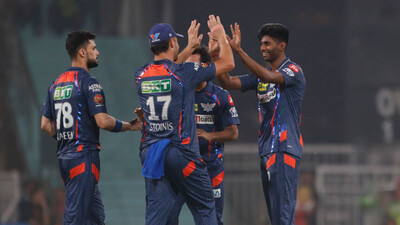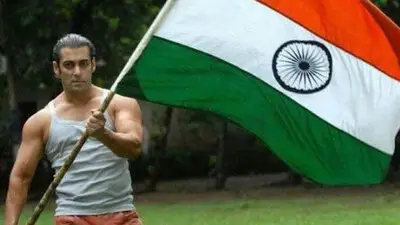Recommended Stories
New York: You must have witnessed smart space farming by Hollywood actor Matt Damon in "The Martian" as he struggled to survive on the Red Planet. But for NASA, space farming is already happening.
In August this year, six astronauts on the International Space Station (ISS) became the first people to eat "outredgeous" red romaine lettuce grown at the veggie plant growth system aboard the orbiting laboratory in space.
NASA is funding Bruce Bugbee, director of the plants, soils and climate department at Utah State University, to help grow food in difficult space conditions.
"What we have focused on is just growing a few salad crops. Growing some lettuce, growing some radishes and they help to recycle the water," Bugbee told TechCrunch.com in a report.
A number of technologies NASA has explored for these space-farming experiments have returned to Earth over the years and found their way onto the market.
NASA's plant experiment, called Veg-01, is being used to study the in-orbit function and performance of the plant growth facility and its rooting "pillows" which contain the seeds.
The first "pillows" were activated, watered and cared for by Expedition 39 flight engineer Steve Swanson in May 2014.
After 33 days of growth, the plants were harvested and returned to Earth in October 2014.
At NASA’s Kennedy Space Center in Florida, the plants underwent food safety analysis.
The second “Veg-01 plant pillows” were activated by Kelly on July 8 and grew again for 33 days before being harvested.
The seeds had been on the station for 15 months before being activated.
The veggie unit features a flat panel light bank that includes red, blue and green LEDs for plant growth and crew observation.
The purple/pinkish hue surrounding the plants is the result of a combination of the red and blue lights which by design emit more light than the green LEDs.
Green LEDS were added so the plants look like edible food rather than weird purple plants.
Besides the nutritional benefits, growing fresh produce in space may also provide a psychological benefit to astronauts.
The farther and longer humans go away from Earth, the greater the need to be able to grow plants for food, atmosphere recycling and psychological benefits.
The Veggie system aboard the ISS produced the most recent crop of lettuce.
Fresh foods such as tomatoes, blueberries and red lettuce are a good source of antioxidants.
"Having fresh food like these available in space could have a positive impact on people's moods and also could provide some protection against radiation in space,” said Dr Ray Wheeler, head of advanced life support activities at NASA’s Kennedy Space Centre in Florida.
The Veggie unit can also be used by astronauts for recreational gardening activities during deeper space missions.













